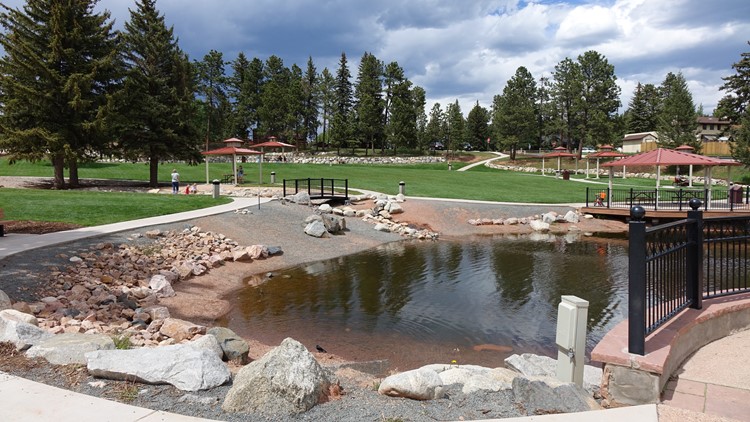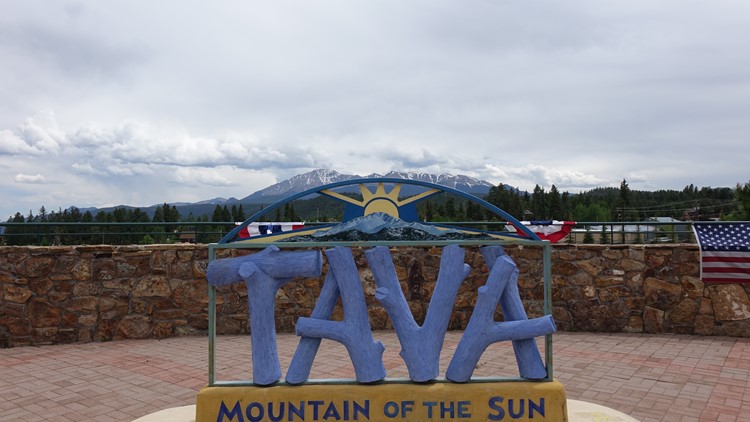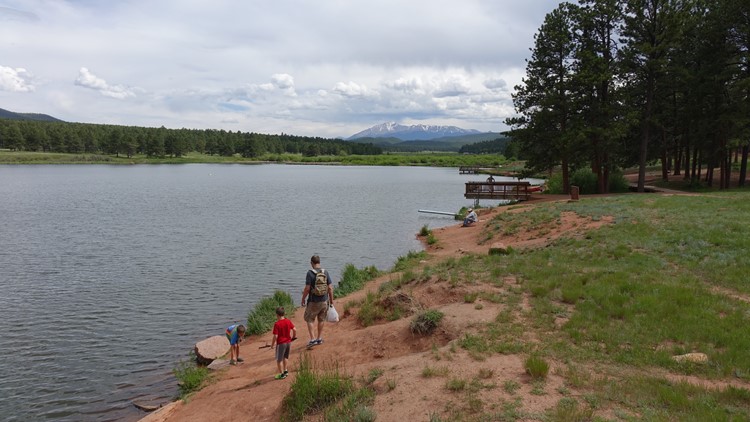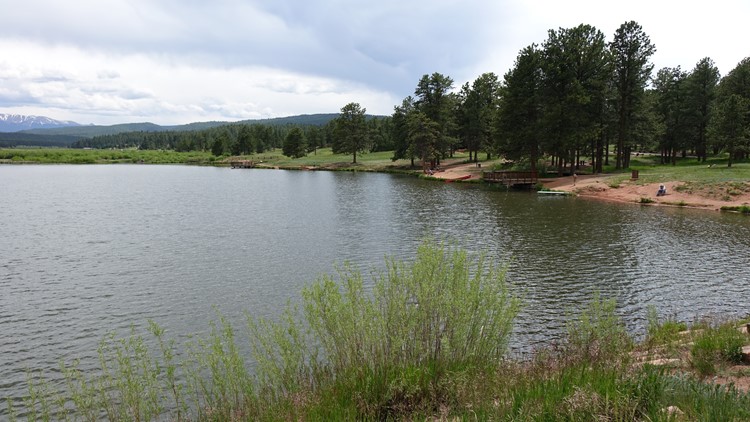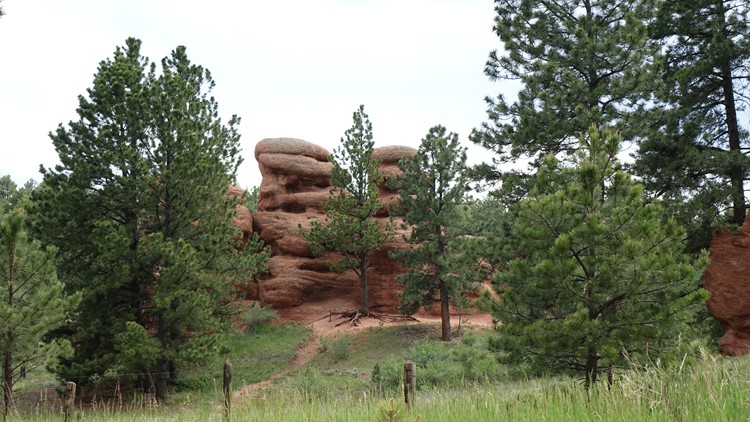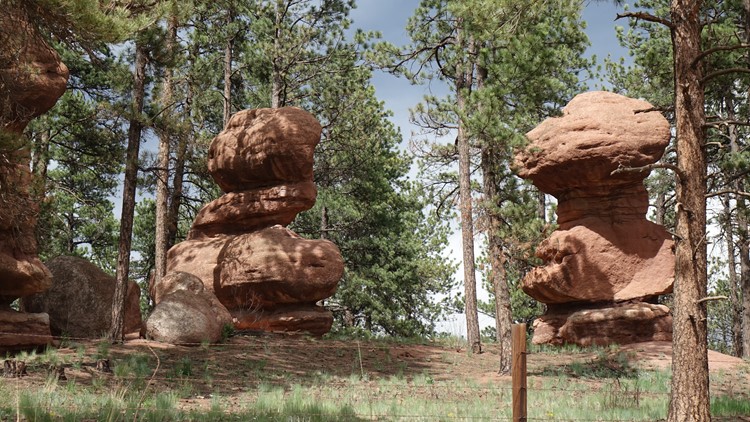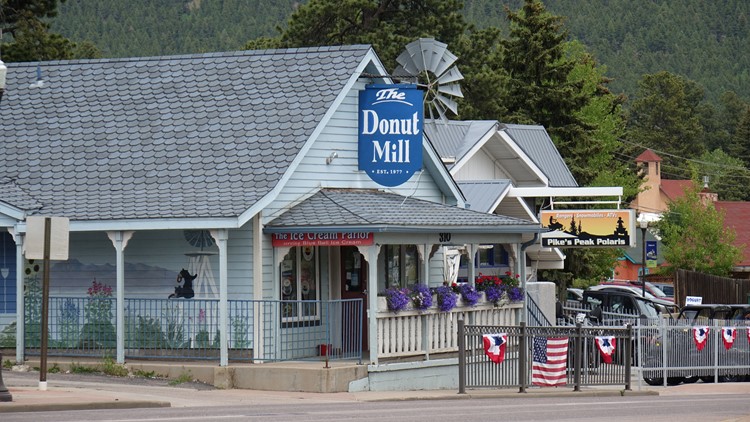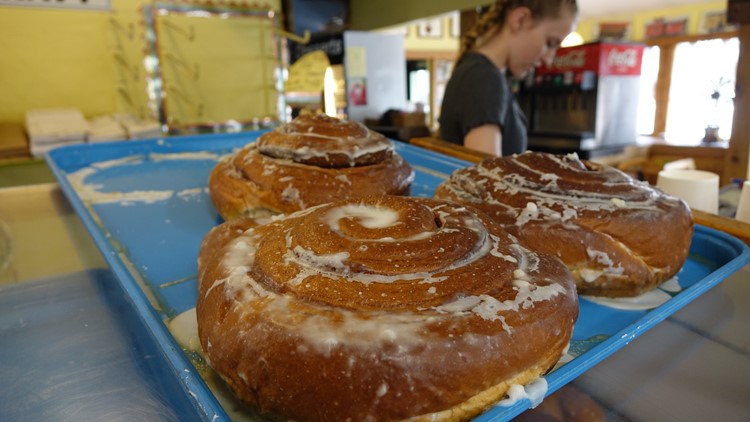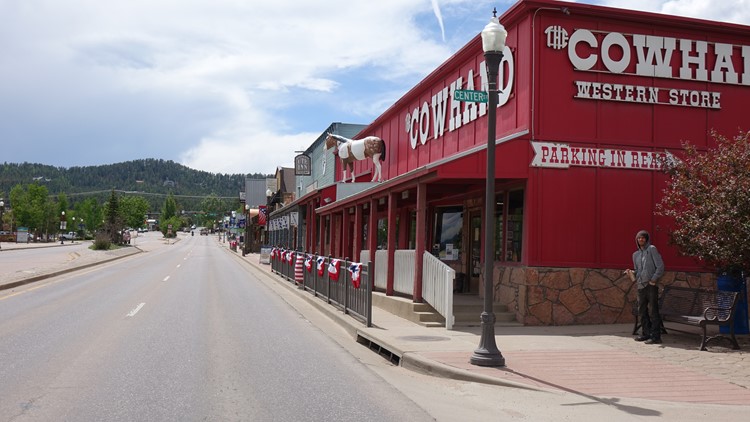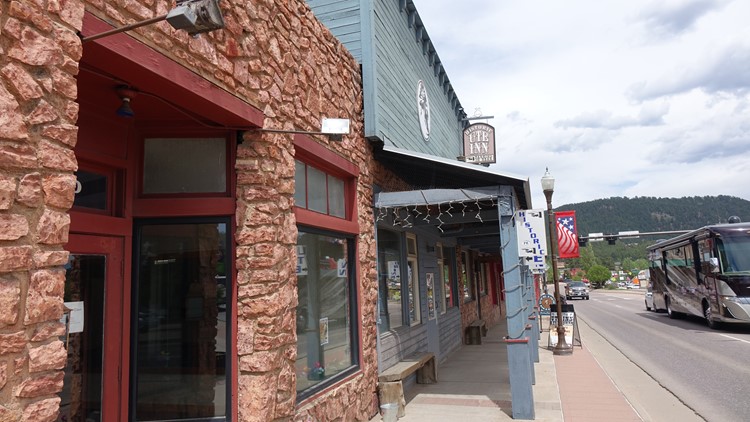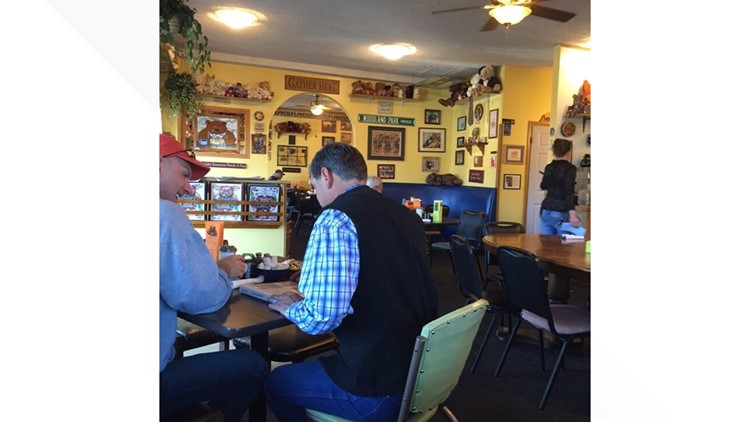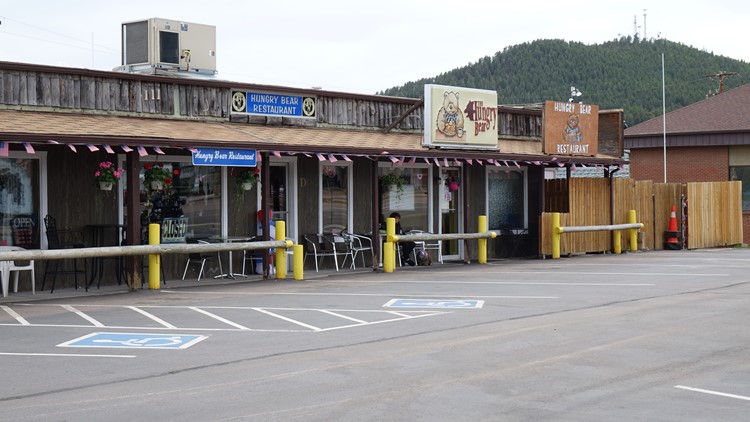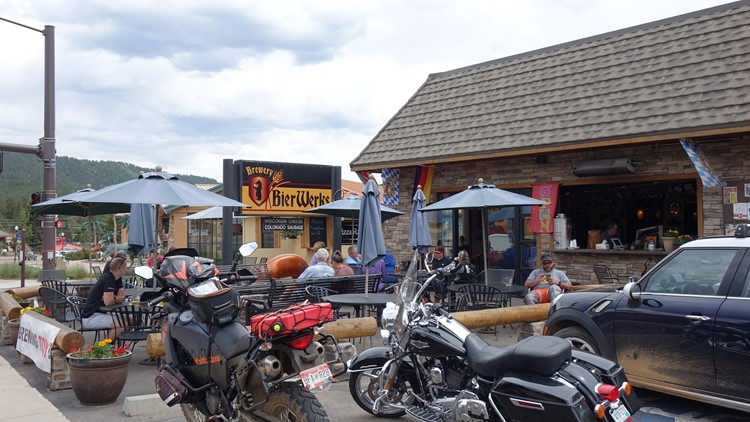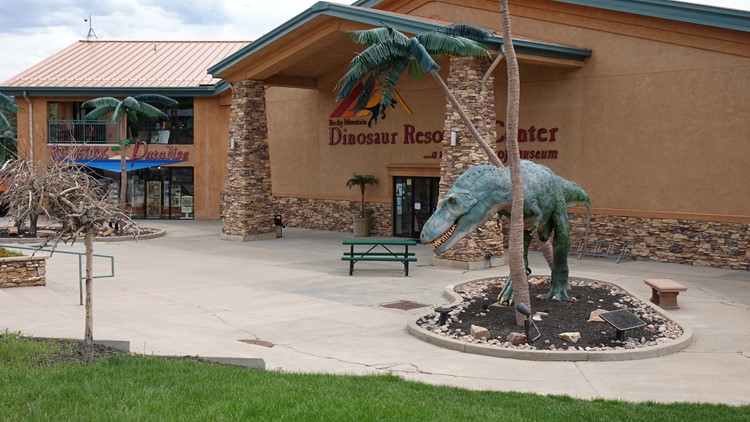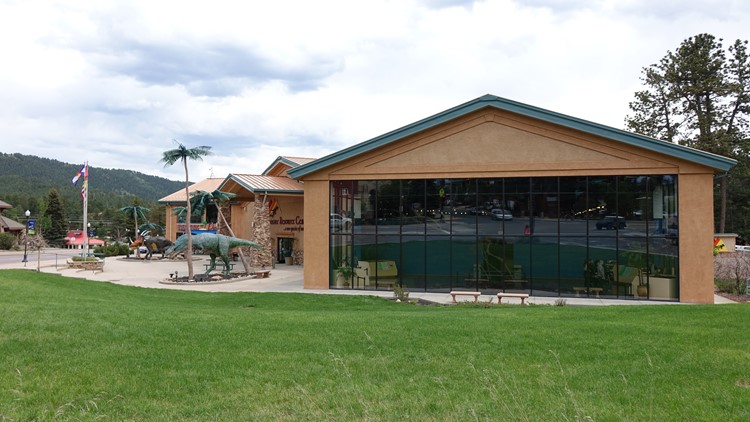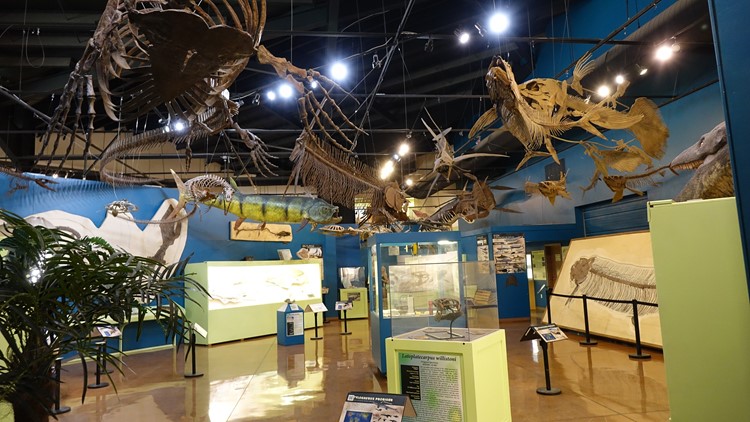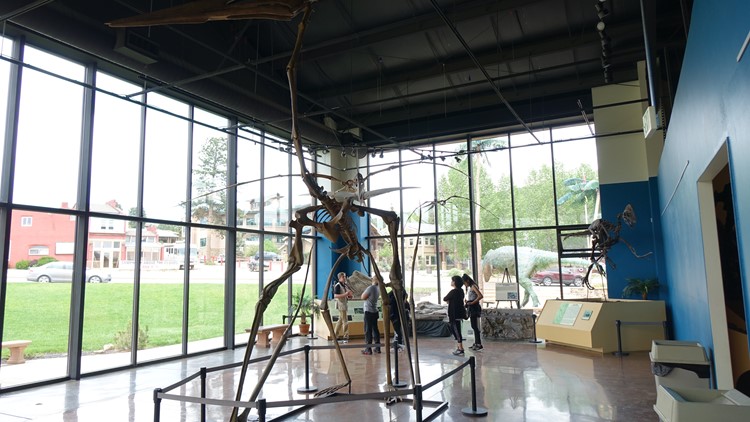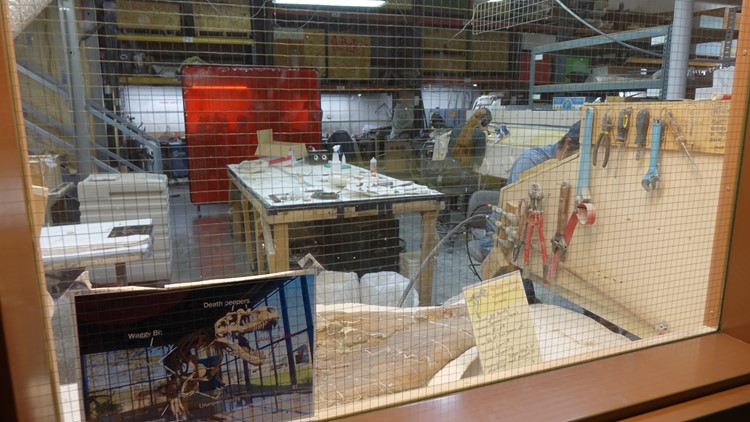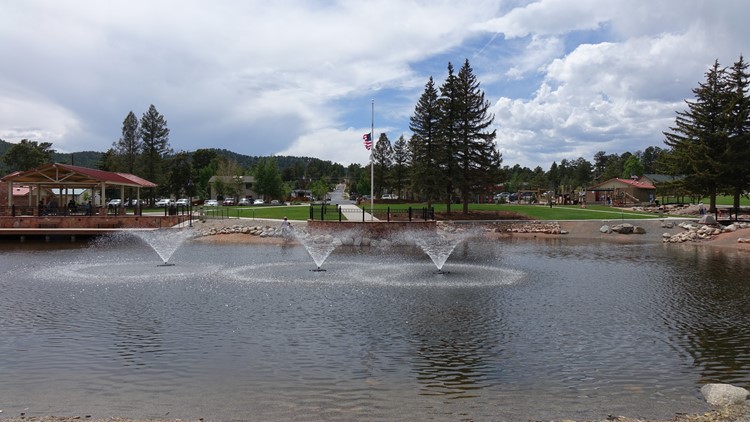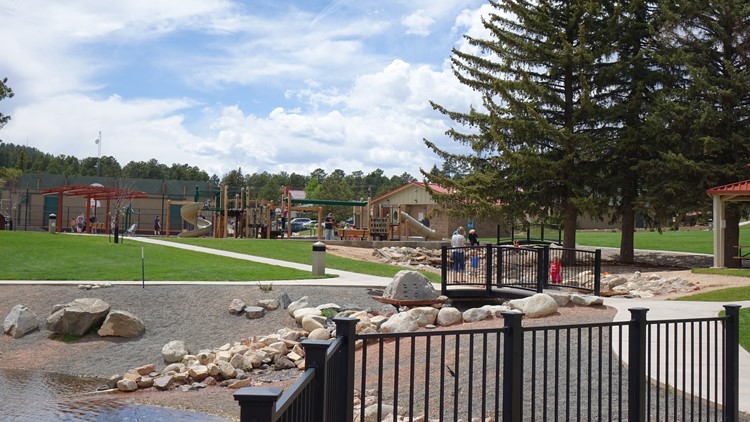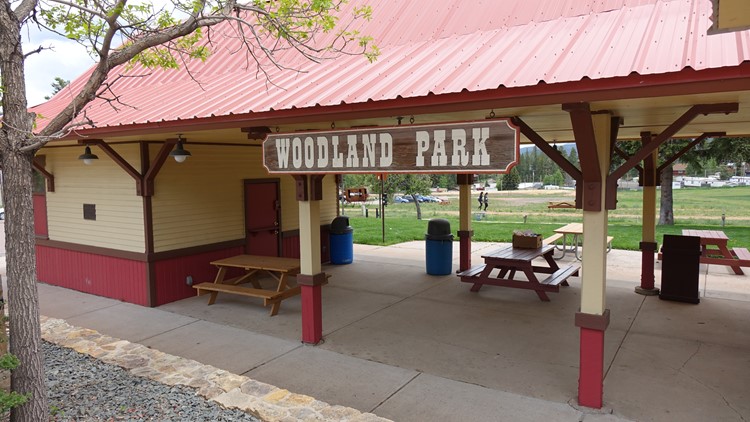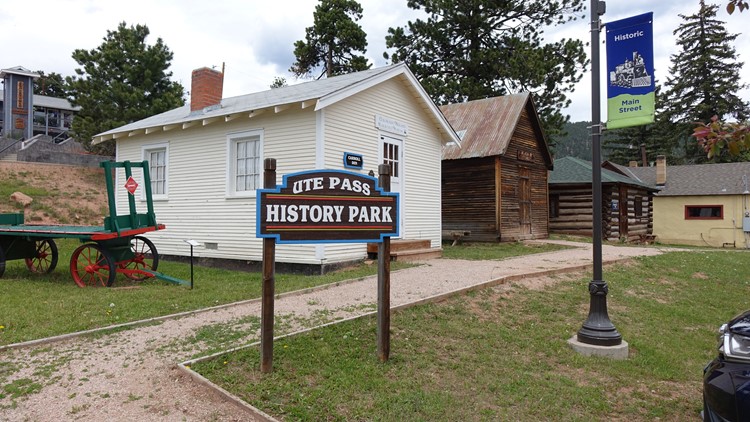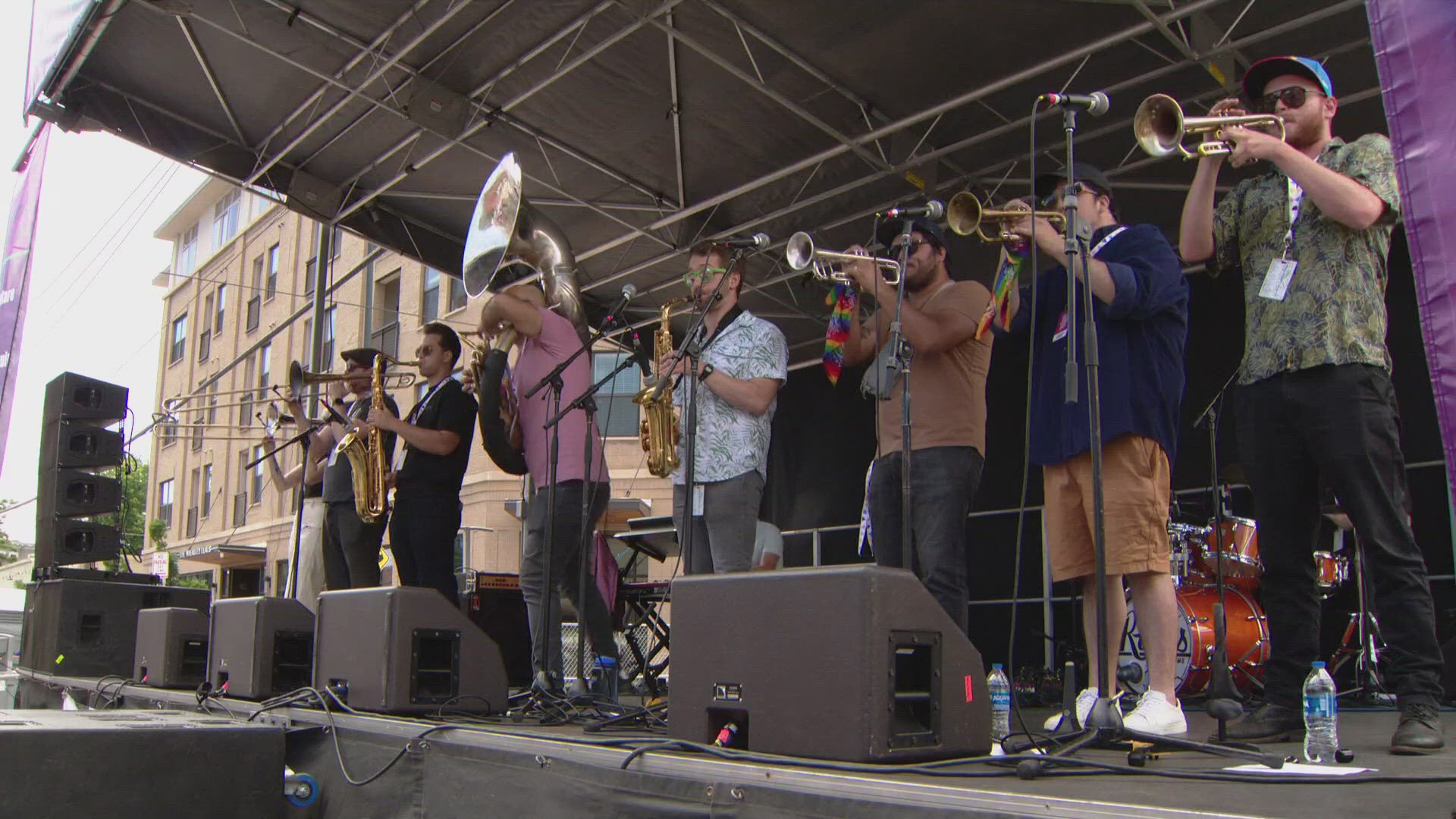WOODLAND PARK, Colo. — Nestled within the Pike National Forest is a quiet mountain getaway with endless opportunities for adventure.
Known locally as the ‘City Above the Clouds,’ Woodland Park is about 18 miles west of Colorado Springs along Highway 24.
Because of its generally mild climate and central location, the city is a hub for year-round outdoor activities.
Within a 30-minute drive: Mueller State Park, the Florissant Fossil Beds National Monument, the Colorado Wolf & Wildlife Center, an 18-hole golf course, Rampart Reservoir, Manitou Lake, Cave of the Winds, and many others.
This story is part of our weekly 9Neighborhoods series, where we explore different neighborhoods, towns and cities around Colorado to find out what makes them unique. Join us on Friday afternoon for a full photo tour of Woodland Park.
PHOTOS | Take a photo tour of Woodland Park
While there are a lot of cities and towns in Colorado that attract outdoor enthusiasts, Woodland Park has remained relatively under-the-radar compared to some others. The median sales prices of a home in the city right now is $373,000, according to real estate website Trulia. A steal when comparing it to other, more prominent, mountain towns:
- Breckenridge: $709,887
- Vail: $695,000
- Evergreen: $630,000
- Telluride: $563,000
- Salida: $433,000
About 7,500 people currently live in Woodland Park, according to the city’s website.
The economy is primarily fueled by tourism, as it has been for almost 130 years.
A historic resort town
What would become Woodland Park was first founded in 1887 and was known as both Manitou Park and Belmont before it got its current name.
The city was incorporated in 1891.
At the time, the Colorado Midland Railway was bringing hopeful prospectors from Denver to Cripple Creek. It ran through Woodland Park, bringing a lot of new business opportunities into the growing town.

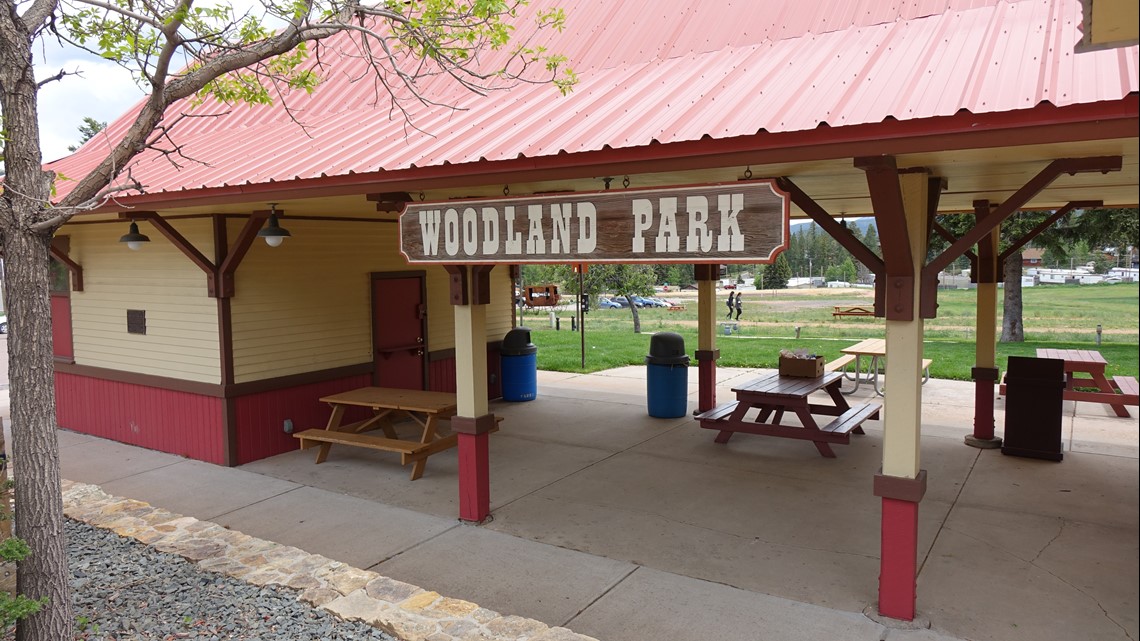
The first hotel, the Crest Hotel, was built in 1889. A second hotel, gaming houses, saloons, dude ranches, and a rodeo followed.
The Woodland Park Rodeo Association was founded around 1920. The popular events included baseball, a parade, dancing and of course, the rodeo itself.
Outside of the booming tourism industry, Woodland Park also had a thriving lumber trade. Five sawmills produced lumber for railroad ties and mining.
Preserving the old while embracing the new
Woodland Park remains a primarily historic town.
Midland Avenue, the city’s main street, is lined with buildings that are nearly 100 years old and businesses that have been around up to 70.


The Ute Pass Historical Society has helped preserve a lot of the area’s history.
Located in downtown Woodland Park, The Ute Pass History Park is comprised of five historic buildings: three homes, the town’s old jail and a cabin dedicated to trains. They offer free tours, have a collection of archival photos and have a gift shop.
The Historic Ute Inn, for example, is the oldest continuously operating bar in Teller County, according to the grill’s website. It was one of the most popular gaming houses during Woodland Park’s peak of gambling and drinking in the 1940s.
Other longtime staples include the 36-year-old Donut Mill and the 20-year-old Hungry Bear Restaurant.

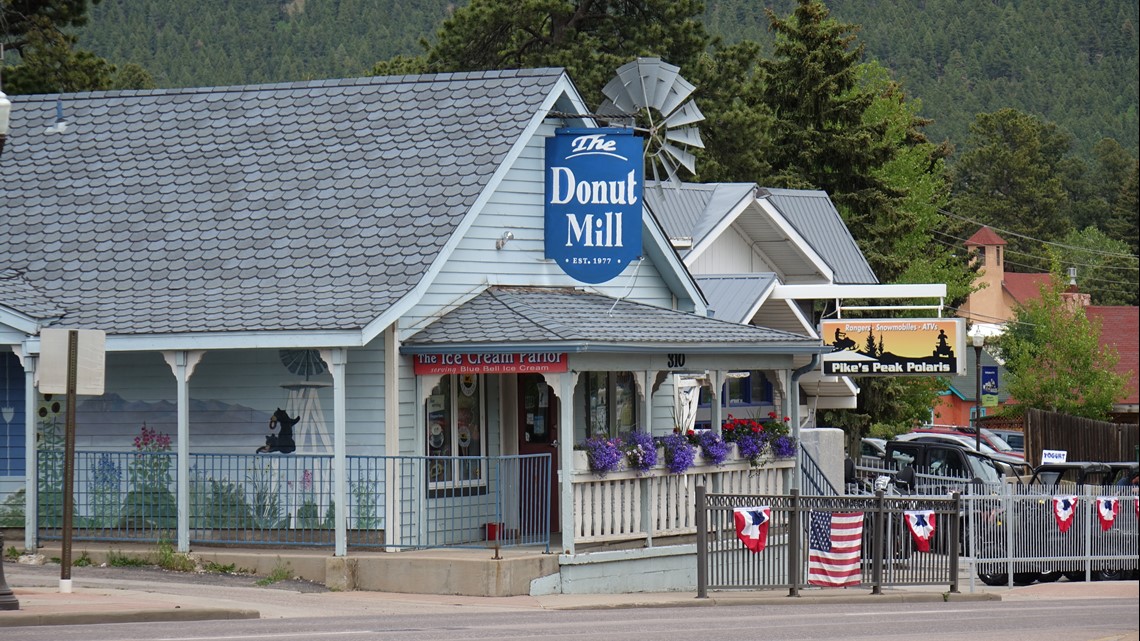
But the city is also attracting both new businesses and completing large renovations.
Bierworks, a German-style beer hall, opened in 2010 and quickly gained popularity.
The city also now has a coffee shop, a yoga studio, boutiques, and more.
The 3.32-acre Memorial Park has also been extensively re-developed in the last several years.

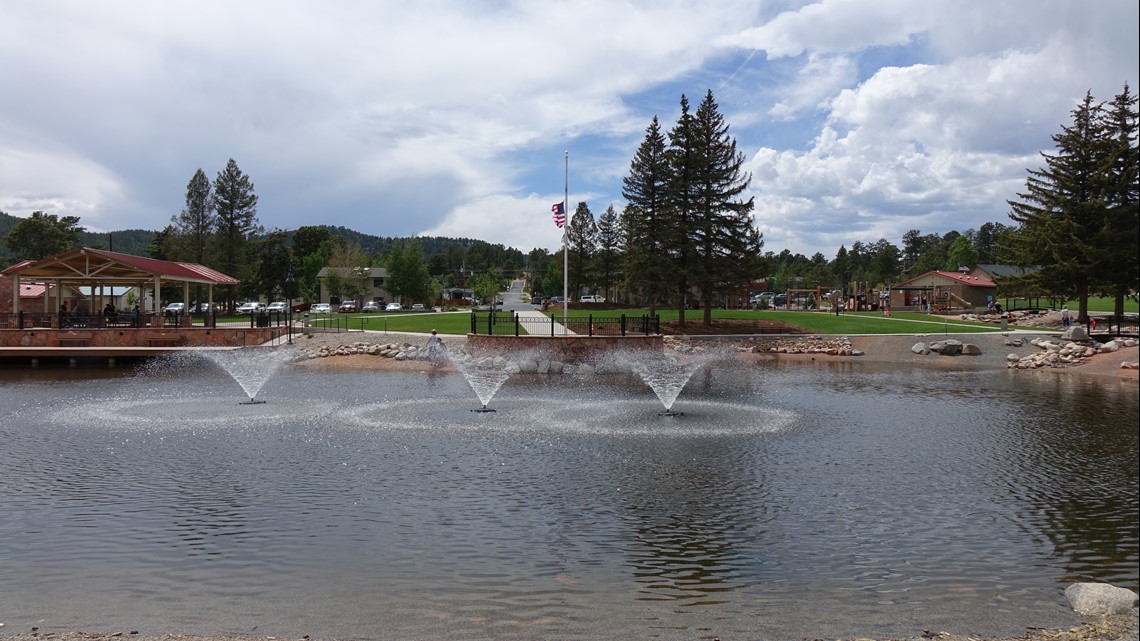
It now has a gazebo, pavilion, performance shelter, pond, playground, basketball court and several picnic tables. Each Friday during the summer, the Woodland Park Farmers Market, which features over 100 vendors, is held at the park.
The Dinosaur Resource Center
One of the largest changes to Woodland Park in the last several years was when the Rocky Mountain Dinosaur Resource Center opened in 2004.
The museum focuses on teaching visitors about dinosaurs as well as pre-historic reptiles and fish.
The center is filled both with real fossils and recreated life-sized sculptures meant to illustrate what the animals would have looked like.

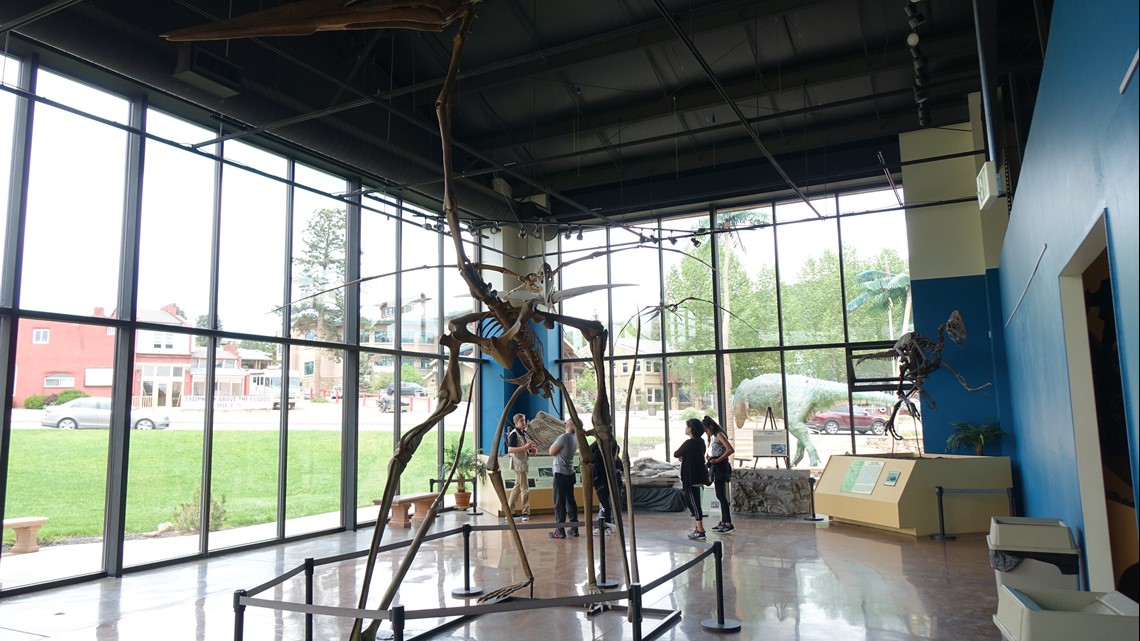
For kids, there are a few interactive displays: dig zones, rubbing stations, magnetic boards and books.
There’s also a large working paleontology laboratory on site. A large window overlooks the room with descriptions of what the scientists might be working on.
Tours of the museum last about an hour and are included with admission ($11.50 for adults; $7.50 for kids).
SUGGESTED VIDEOS | Feature stories from 9NEWS


